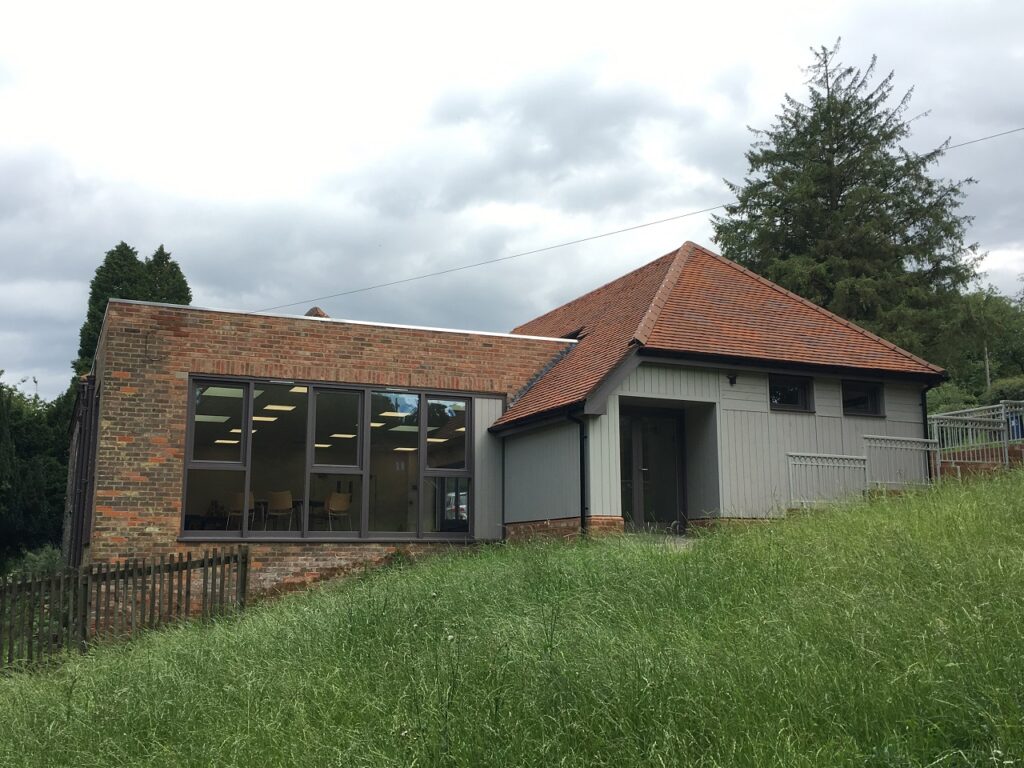5 things to consider before extending your home


Author:
Alan Hooper MCIAT
Managing Director
Chartered Architectural Technologist
Published: 16 October 2025
Extending your home can be an exciting opportunity, whether you’re craving more space, better light, or simply want to add value to your property. Most people have seen friends or family do it, how hard can it be? We often see homeowners underestimate how much planning and coordination is involved with even the simplest of projects. Here are five key things to consider before starting the process for extending your home.
1. Establish a clear budget

Your budget is the foundation of your entire project. Even if you are unsure about exact costs at this stage, start by defining how much you are prepared to spend and set aside a contingency of around 10 to 15 percent to cover any unexpected expenses that may arise along the way.
Be clear about what your budget actually includes. Beyond the obvious construction costs, there are often less visible outgoings that can take homeowners by surprise such as planning application fees, topographical surveys, professional design services and specialist consultants. Do not forget to factor in the cost of furnishing and finishing your new space too. Will that come from the same budget or separately?
Taking time to establish a realistic budget from the outset will help you stay in control, reduce stress and keep your project financially on track.
2. Evaluate your needs and aspirations
Before you start thinking about layouts or materials, take time to reflect on what you truly need from your home extension. Consider how you live now and how you would like to live in the future. Are you looking to create more open living space for family life, a quiet area for working from home, or better connection to your garden?
Think carefully about how the new space will function day to day. Where will natural light come from? How will you move between rooms? What storage might you need? The most successful extensions are those that not only add square metres but also improve the way you experience your home.
Be honest about your long-term goals as well. Will your household needs change in the coming years? A well-planned design should adapt with you over time, adding both practicality and enjoyment to your daily life.
3. Understand your home
Every home is unique, and understanding the opportunities and constraints of your property is an essential step before planning an extension. Factors such as site topography, existing trees, neighbouring buildings and boundary lines can all influence what is possible and how your design takes shape.
It is also important to be aware of any planning or environmental considerations that may apply to your property. Homes located in conservation areas or those that are listed will be subject to additional requirements designed to protect their character and setting. These factors do not have to limit your ideas, but they do need to be carefully managed from the outset.
Your architect will help you identify and navigate these constraints. Through surveys, research and early discussions with the local authority where needed, they can advise on what is feasible and how to make the most of your site. Taking time to understand your home at this stage ensures your design is both practical and sensitive to its surroundings.

4. Choosing the right architect for you
Selecting the right architect is one of the most important decisions you will make in your project. A good architect will not only design a space that meets your needs but will also guide you through the process, helping you make informed decisions and avoid costly mistakes.
Look for a practice who takes the time to listen and understand your goals, lifestyle and budget. Review their previous work to see if their design approach aligns with your taste, and ask about their experience with projects similar to yours.
A clear and open working relationship is essential. You should feel comfortable asking questions and confident that your architect communicates honestly and effectively. The best results come from collaboration and trust, when you and your architect work together towards a shared vision for your home.
5. Collaborate with your architect
Once you have appointed your architect, remember that good design is a collaborative process. Your architect brings experience, technical knowledge and creativity, but your input is equally valuable. You know how you live, what you like and what feels right for your home.
Do not hesitate to ask questions or share your thoughts as the design develops. If you are unsure about an idea or wonder whether a particular feature could be incorporated, raise it early. Likewise, if you have been imagining something different, discuss it openly. These conversations help your architect refine the design and ensure it truly reflects your needs and aspirations.
Engaging in open dialogue at the start of the process can prevent misunderstandings and avoid costly changes later on. Collaboration between you and your architect will lead to a more thoughtful, functional and personal result — a home that works beautifully for you.

Summary
Extending your home is an exciting opportunity, but success relies on careful planning, thoughtful design and clear communication. By establishing a realistic budget, evaluating your needs and aspirations, choosing the right architect, understanding your home, and actively participating in the design process, you set your project up for a smooth and rewarding journey.
Each step builds on the last, helping you make informed decisions, avoid unnecessary stress, and achieve a home extension that not only adds space but enhances the way you live. With collaboration, planning and professional guidance, your dream extension can become a reality.

